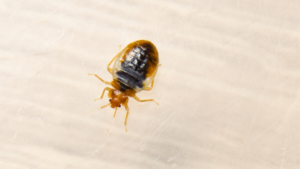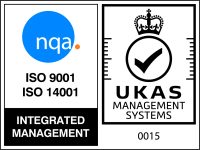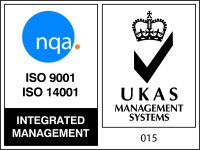There is always a risk of cross-contamination in a shared space and an office is no exception. With multiple high-traffic areas and lots of frequently touched surfaces, a methodical, solid strategy is needed to curb the potential spread of germs in an office setting. While cleaning professionals have an important part in maintaining hygiene standards in this kind of environment, those who use these spaces can also play an active role in safeguarding their own wellbeing.
Cross-Contamination in the Office: A Risky Business
As Clean Hygiene Today highlights, those who work in or use an office on a regular basis come into contact with many of the same surfaces and objects. “In an office environment, a lot of items are shared. You’ll see numerous people using the same cups, plates and bowls, the same towels and cloths, etc. You’ll have multiple people touching the same surfaces and furniture over the course of the working day, door handles being a prime example of that,” it explains. Without correct and adequate hygiene protocols in place, cross-contamination – that is, the spreading of pathogens from surface-to-surface – poses a real risk to staff health and productivity.
For the cleaning professional, the goal is to identify and strategically target the surfaces and areas where cross-contamination is most likely to occur. In an office setting, kitchens, break rooms and toilets are all heavily used spaces, areas that are understood to be higher-risk settings for the spread of germs. But in this environment, a cleaner would be wise to look beyond these spaces to any frequently touched objects and surfaces in order to mitigate the risk of cross-contamination.
A Cleaner’s Role in Maintaining Hygiene in an Office
In addition to paying attention to toilets, kitchens and break rooms, high-touch areas should be routinely cleaned and, if necessary, disinfected. These areas, of course, include surfaces like door handles and lift buttons, but cleaning staff should also consider shared hotdesking areas as well as keyboards, computer mice and phones, as CleanLink advises. Even finer details – such as buttons on shared coffee machines and water stations – shouldn’t be overlooked when it comes to creating a robust regimen against cross-contamination.
When undertaking a careful assessment of frequently used spaces and surfaces, basic cleaning protocols – such as cleaning thoroughly before disinfecting – should always be followed. Likewise, cleaning professionals should also carefully label, colour-code or otherwise separate their tools and products in order to prevent cross-contamination while cleaning, as suggested by Clean Hygiene Today. If necessary, cleaners may also wish to switch from cotton cloths to microfibre, which is known to retain and absorb dirt and germs more efficiently than conventional cotton. As a final measure, both cleaners and facilities teams should ensure that all hand washing and/or hand sanitising facilities are properly maintained and, if preferred, swap from conventional soap dispensers to no-touch models.
How Workers Can Maintain Hygiene in the Office
While a professionally executed cleaning strategy is a key part in preventing cross-contamination in an office, those who use these facilities can also contribute to maintaining good hygiene standards. For example, CleanLink observes that workers may wish to avoid eating at desks and clean any food spillages as they happen. Likewise, those working in or using an office should be aware of the impact that good hand hygiene can have on preventing cross-contamination. On this particular point, the Centers for Disease Control and Prevention (CDC), observes, “Handwashing gives people the opportunity to take an active role in their own health. Most handwashing studies have focused on child care or health care settings. The few that have looked at corporate settings show that promoting clean hands results in fewer employee sick day.” Finally, should workers have any concerns regarding hygiene within their facility, they should raise them up to their building or facility manager.
With ample shared spaces and surfaces, offices can be a high-risk setting for cross-contamination. But with a robust cleaning strategy in place and engaged facility users actively involved in preventing cross-contamination, hygiene in the office can be safeguarded and protected.








